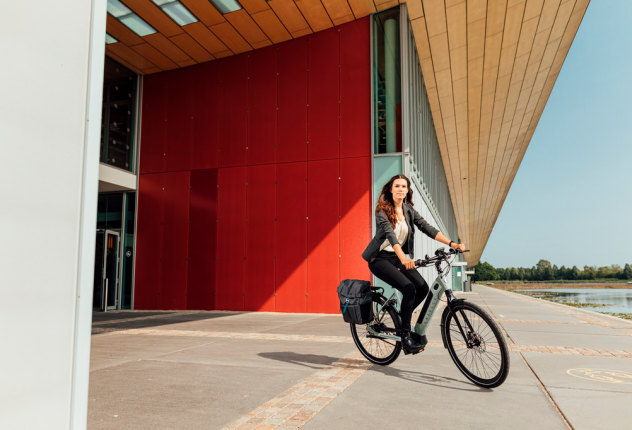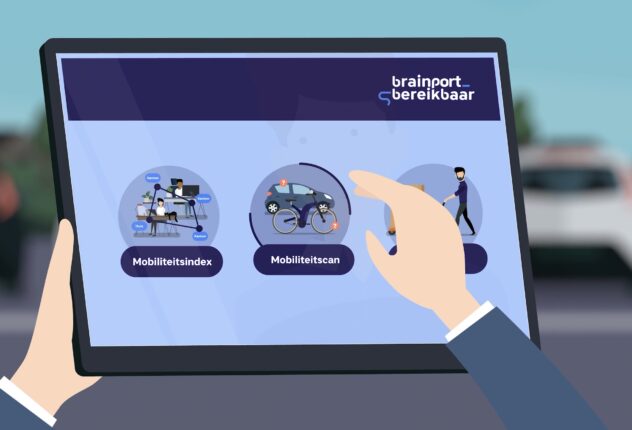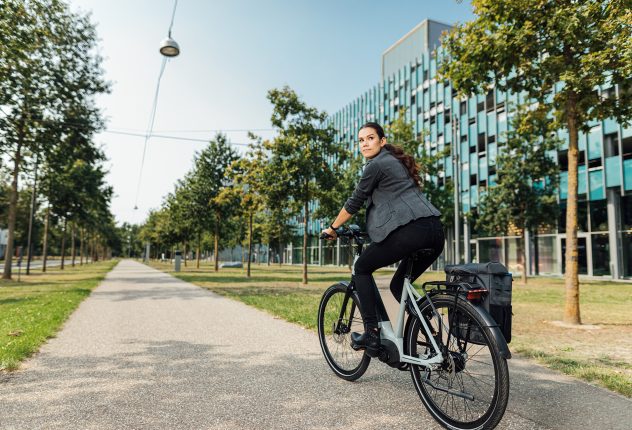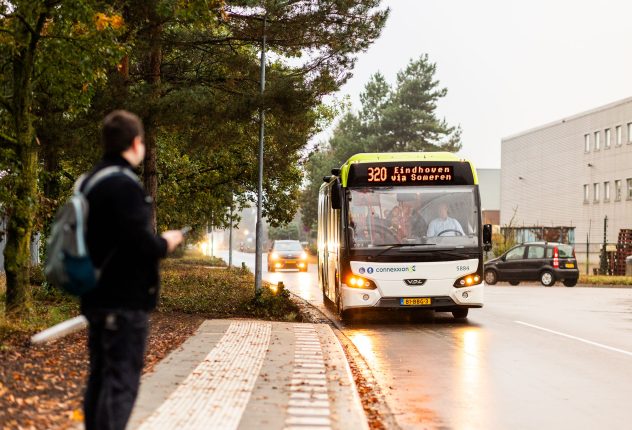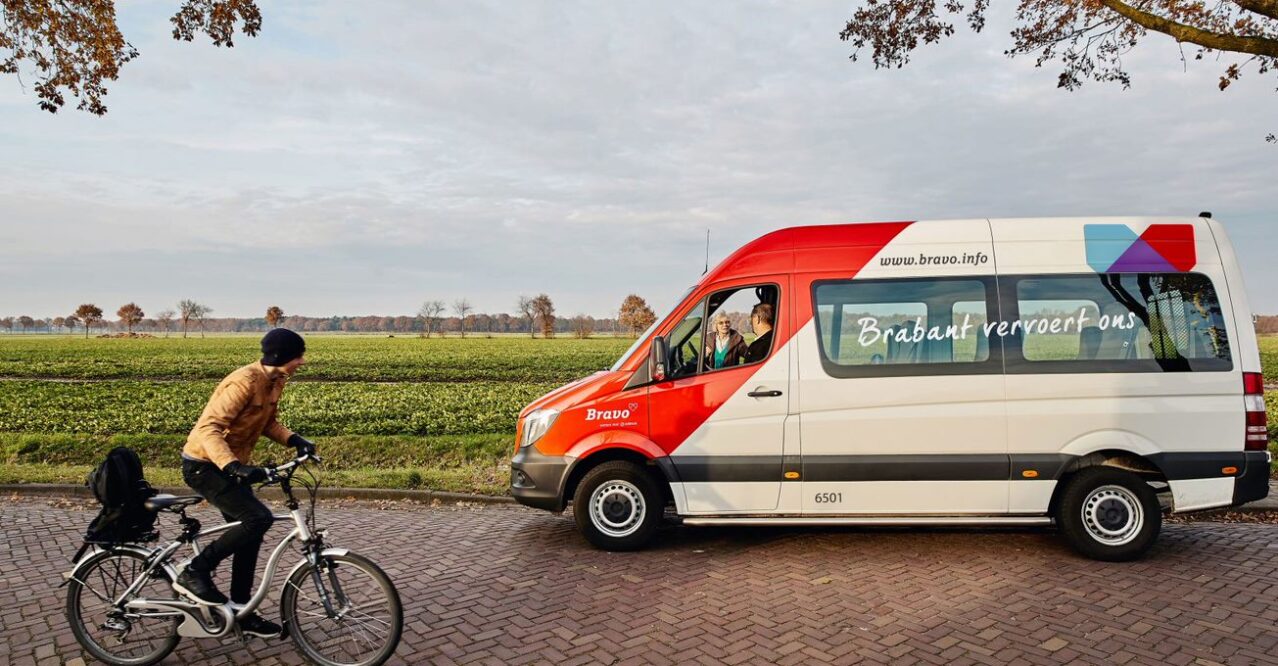
More often by bicycle or public transport. How do we change our behavior?
Published on October 25, 2022'To keep the Brainport region accessible, we have to change our behavior. Take the bike more often. More with public transport. How do you actually do that? Change behavior?' Anja Hannema answers this question. Anja is the project leader for Structural Behavioral Change at Brainport Bereikbaar. 'This means that I and my colleagues are looking for answers to the question of how to change structural behavior within the mobility transition.'
Why is this structural behavioral change necessary?
Because you can come up with so many great projects – from cycle paths to apps – but in the end it always revolves around people. They must be stimulated and enticed to take steps. In the direction of traveling differently, traveling less or not traveling.
What is needed for this?
'We need to know with which interventions – or measures, if you like – we can persuade people. And no financial incentives, for example, because they are often too expensive in the long term and therefore cannot be scaled up. We must have structural incentives. Relatively little is known about this in the world of mobility and transport. That is why we are launching three projects.
What do those projects look like?
First of all, there will be an overarching behavioral campaign. Over the next 1.5 years, we want to make people more aware of what they can do themselves. With the second project – customer journeys – we investigate what people experience when they travel in a different way. We surveyed 50 people who normally take the car to travel differently or to work from home. With this we really try to discover people's feelings. Because that's what it's all about. People say they want to travel differently, but their feeling is that they are not doing enough. The third project is also a behavioral project. This consists of a multitude of pilots with people who first travel by car and are then asked through interventions to use the bicycle or public transport or to work from home. Four to six interventions are being developed for the transition to public transport, cycling and working from home. We want to discover what works best to get someone to use public transport or cycle. Or to let someone work from home. We also look at what people feel and what will cause them to make structurally different choices.
Do you think that these types of projects will really make people make different choices?
It's a huge challenge, but I'm going for it! There are plenty of successful examples in other policy areas. For example, due to long-term campaigns, smoking is now almost not done, just like drinking alcohol behind the wheel. A second car in a family is also more open to discussion. That is a small change in thinking about mobility and that is a start.
What do you think are the success factors for behavioral change in mobility?
That we delve deeply into the target groups and formulate measurable objectives. What do we want to achieve and for whom? And that we approach it very carefully. That is why we use scientific research to arrive at a selection of behavioral techniques that work. We translate these into possible interventions. We apply these, investigate their effectiveness and make adjustments if necessary.
What do you hope comes from this?
We hope to have three eggs from Columbus during 2023. And suppose I meet people at parties who indicate that they have experienced shared mobility, like it and continue to do it: then I really start dancing on the table. Because it has to be done. For accessibility and for our environment. Small steps change behavior. And that has a great effect.
Anja Hannema is a traffic engineer with a wealth of experience in regional and urban transport, the government and various local authorities. She also recently completed post-academic training to become a behavior changer.
Get inspired
Do you want to keep Brainport accessible? Join us. We would be happy to discuss this with you. To work on opportunities, innovations and solutions. Because we can only do that together. Contact us at info@brainportbereikbaar.nl.

